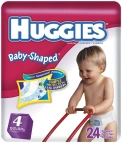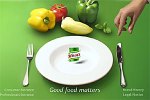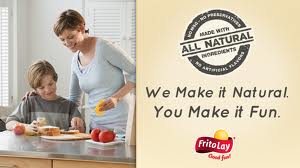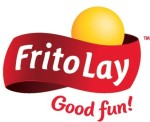 It was not many moons ago that car racing used to be a perfect venue for tobacco marketing as it was considered as a way of repetitive branding to a captive and youthful audience. However, the overt branding of cars has been banned and almost all tobacco sponsors have pulled out. But “almost all” does not mean “all”. It has some exceptions excluded from “almost all” category such as Philip Morris International, which has been a title sponsor of Ferrari since 1997 and nowadays is about to extend a controversial deal with Ferrari.
It was not many moons ago that car racing used to be a perfect venue for tobacco marketing as it was considered as a way of repetitive branding to a captive and youthful audience. However, the overt branding of cars has been banned and almost all tobacco sponsors have pulled out. But “almost all” does not mean “all”. It has some exceptions excluded from “almost all” category such as Philip Morris International, which has been a title sponsor of Ferrari since 1997 and nowadays is about to extend a controversial deal with Ferrari.
 Since Ferrari can’t plaster the Marlboro brand over their cars or drivers’ outfits like they used to, Ferrari claims that the sponsorship, which is reportedly for $1 billion over ten years, doesn’t break any international laws. Tobacco sponsorship has been banned in the European Union since 2005. However, it was the last year that Food and Drug Administration officially banned smokeless tobacco and cigarette sponsorships in sporting events.
Since Ferrari can’t plaster the Marlboro brand over their cars or drivers’ outfits like they used to, Ferrari claims that the sponsorship, which is reportedly for $1 billion over ten years, doesn’t break any international laws. Tobacco sponsorship has been banned in the European Union since 2005. However, it was the last year that Food and Drug Administration officially banned smokeless tobacco and cigarette sponsorships in sporting events.
On the other hand, it seems that the tobacco industry is as conniving as ever. Just last year, Ferrari found itself in the line of fire for using a black, red and white Marlboro-inspired barcode on its cars. Because this was regarded as a part of a subliminal marketing campaign designed to circumvent the international ban on tobacco advertising. As a result of this criticism about the barcode’s connotations by the media and health campaigners, Ferrari dropped the logo from its cars.
“What Marlboro has done is create a huge number of what I call ‘smashable components’ to their brand. They are sending indirect, subconscious signals that are talking to the brain without explicitly telling it we are being sold to … just by showing me a red Ferrari car,” Martin Lindstrom, a neuro-marketing consultant and author of “Buyology,” told the Wall Street Journal last year.
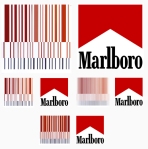 Although Ferrari dropped the barcode, it is the most obvious fact that there are other ways in which Philip Morris can use its partnership with Ferrari, the only team in Formula One that continues to have a commercial sponsorship from a tobacco company. The Italian team’s official name is Scuderia Ferrari Marlboro. Furthermore, Philip Morris not only reserves the right to veto other sponsors but also gets the company membership into Formula One’s exclusive Paddock Club, which caters to corporate hospitality and allows companies to brand their suites.
Although Ferrari dropped the barcode, it is the most obvious fact that there are other ways in which Philip Morris can use its partnership with Ferrari, the only team in Formula One that continues to have a commercial sponsorship from a tobacco company. The Italian team’s official name is Scuderia Ferrari Marlboro. Furthermore, Philip Morris not only reserves the right to veto other sponsors but also gets the company membership into Formula One’s exclusive Paddock Club, which caters to corporate hospitality and allows companies to brand their suites.
I t is no doubt to say that the tobacco industry isn’t paying Ferrari a billion dollars for nothing. They are benefiting from this venue to promote their name and brand in addition to target youth and young adults at racing competitors.
t is no doubt to say that the tobacco industry isn’t paying Ferrari a billion dollars for nothing. They are benefiting from this venue to promote their name and brand in addition to target youth and young adults at racing competitors.
Although smoking is still the number one preventable cause of death in the world, the harsh truth is that making money comes in first in this race. So it seems incompatible with this truth to tell Ferrari to end its deadly addiction to Marlboro money.






